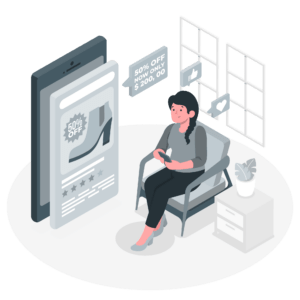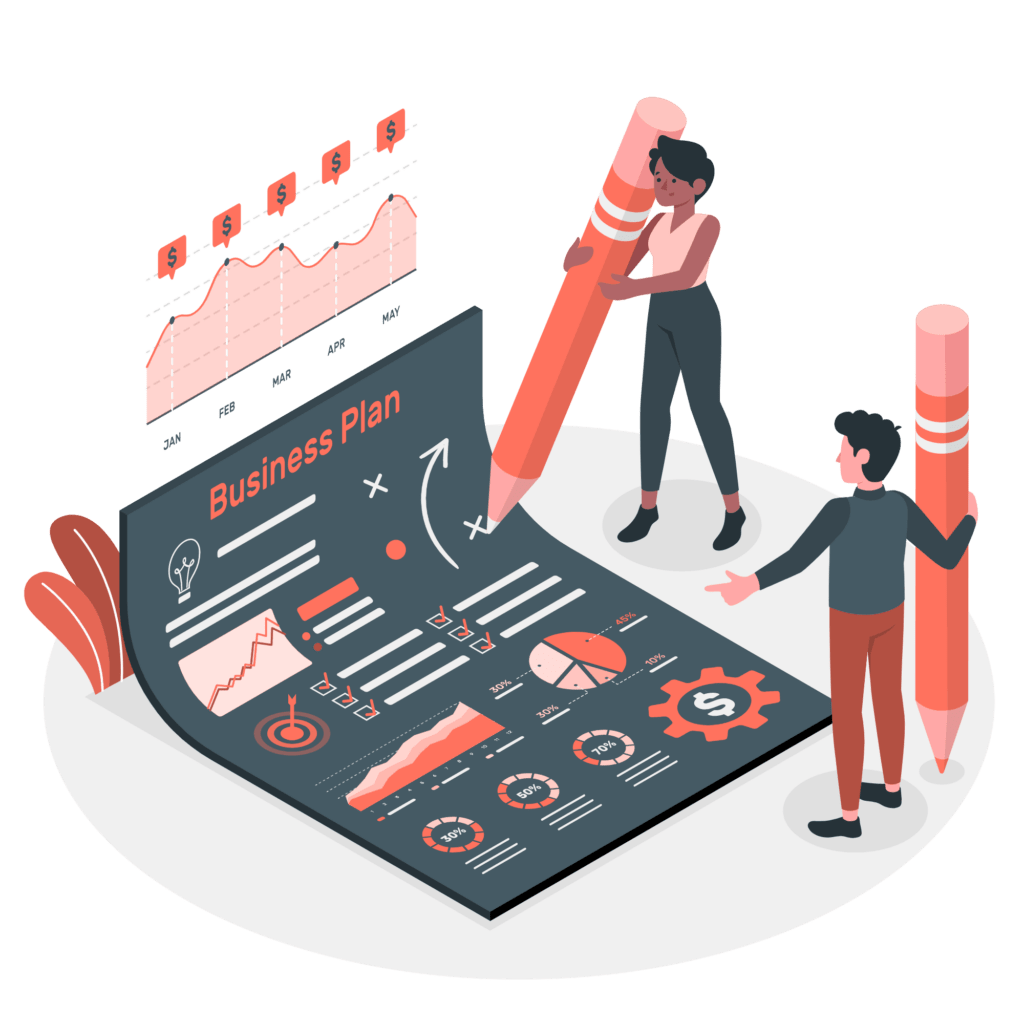The transition to omnichannel is one of the major challenges facing retailers. While the efficiency of this model is unanimously recognized, it is also important to remember that it requires a profound transformation of the inner workings of the company.
Model evolution
|
It's agreed that it's now essential for retailers to adopt an omnichannel model, or even to move to unified commerce. In line with new consumer expectations, it enables retailers to offer a personalized, seamless customer journey, harmonize prices across all distribution channels, perfect inventory management... As part of these new distribution strategies, the physical point-of-sale must respond to the challenges posed by new sensibilities. |
 |
Univers Retail has crystallized its convictions on the store of tomorrow around four pillars:
- It must reflect the brand's CSR approach. This can take the form of the use of green energy at points of sale, communication on production processes, the possibility of on-site repair or recycling...
- It must be a place of experience for the consumer. In the age of retailtainmentconsumers are looking to be entertained, to experience new interactions. This need can, for example, be met by advanced personalization services, courses or activities, technological innovations or any other service or feature that enables the point of sale to be more than just a shopping surface.
- It has to be connected. Not only for the consumer(digital in-store, use of in-store applications, presence of tablets...), but above all for employees. The idea is to automate time-consuming processes that add little value to the day-to-day work of staff. This begins with the use of mobile terminals, to enable instant payment, stock checks across several stores, and even reservation or ordering of items. It may also be useful to implement solutions for managing schedules, communicating with the central purchasing office, automatic replenishmentsystems, connected shelving, etc.
- The salesperson is an influencer advisor. At a time when consumers are as well-informed as they are, they become true brand ambassadors. Within the store, their scope of action extends to new activities, such as running workshops or helping customers test products. They also interact with customers via new communication channels: teleconsultation, live shopping, chat... In this context, they are in the best position to create content around the products and services they sell on a daily basis(live on social networks, video, employee interviews...).
Investing for reinvention
All the development avenues mentioned above require the company to make substantial investments. Indeed, mobilizing teams to work on several projects simultaneously, modifying store structures or even training employees requires the necessary human and financial resources. In particular, this means supporting dedicated IT solutions, structures to accommodate them, specialized service providers... Let's not forget the costs linked to logistics, a major pillar of omnichannel. Last-mile delivery, in particular, raises a number of financial issues, not least profitability. There is also the question of data, at the heart of the challenge of personalizing the customer journey, which requires not only the tools needed to collect and process it, but also the teams capable of ensuring its use (data scientists, Data Protection Officer, Chief Data Officer...).
 |
Overhauling your entire distribution model also means training and raising awareness among your teams, whose day-to-day lives will be turned upside down. It is therefore essential to invest in a change management strategy. This will focus on adapting mentalities within the company, where conceptions linked to the effectiveness of traditional models are naturally entrenched (experience of an effective model over several decades, lack of understanding of new consumers' expectations, different sensitivities...).
|
In particular, the transition to omnichannel means rethinking the profitability of distribution channels. In an omnichannel model, and a fortiori a unified commerce model, the ROI KPI is only of value if it is applied to the whole. Indeed, all channels must be able to be used seamlessly to serve the customer journey. And while all of them may have been useful in the making of a sale, only one of them will be the conversion channel. This is why ROI now needs to be studied on a broader scale.
An effective omnichannel model: the essentials
|
Although essential for the retailer, the adoption of a unified commerce model therefore requires a substantial investment and several months of work (generally more than a year). In this context, the retailer must be able to offer a global quality of service, but also at channel level. One of the main risks is that the customer experience may deteriorate in comparison with what was offered in a more traditional model. In such cases, it's important to retain the value that customers derive from each distribution channel after the transformation. |
 |
However, before you can achieve a unified, modern retail strategy that is fully adapted to new consumer expectations, you can also enchant the customer experience with a few retail essentials.
First of all, we can see that many innovative services with high added value for the customer are not sufficiently exploited by their brands. It is vital to prevent them from becoming siloed in the customer journey (overly tedious booking procedures, lack of communication, poorly-informed teams, etc.).
Another major point of frustration for customers is the difficulty of resolving a dispute or other complaint. All too often, the process of being heard, getting your money back, or obtaining a commercial gesture requires patience and repeated reminders. This relationship can quickly give consumers the feeling that they are not being listened to, or worse, that the brand does not trust them.
Yet managing customer dissatisfaction is one of the central pillars of customer loyalty. As a reminder, winning new customers is 5 to 10 times more expensive than retaining existing ones.
A final avenue for improving customer satisfaction may lie in highlighting local initiatives at the point of sale. As the interface between the brand and the customer's environment, the store must be not only a place of experience, learning and entertainment, but also a relay for the civic and cultural life of its catchment area.
This is why, in addition to the brand's national operations, the outlet team must have the leeway to deploy activities adapted to its clientele (sporting, festive, artistic...), and to participate in the charitable and sustainable initiatives of local players, notably associations.
As part of this approach, it's important for the outlet to listen to its ecosystem, particularly via customer feedback, regional media and social networks (hence the relevance of having dedicated store accounts).
 |
Today's retailer is evolving in a rapidly changing world. The consumers they used to address have developed new expectations in terms of practices and sensitivities. On the other hand, the economic landscape has seen the emergence of new, innovative forms of enterprise that are rapidly adapting to these needs. For retailers, adapting to these changes today means moving towards omnichannel, and by extension, unified commerce. Although essential, the transformation process requires patience and investment. This is why, before obtaining the ideal model, it is important for the retailer not to forget what makes up its business model (whether physical or digital): a wide range of products to meet a variety of needs, facilitating services and listening to the customer. All of this is symbolized by the point of sale, a place for encounters, discoveries and experiences. |
If you're ready to embark on the transformation of your store, Univers Retail is here to help >> discover our expertise.
By Téo Leclercq

